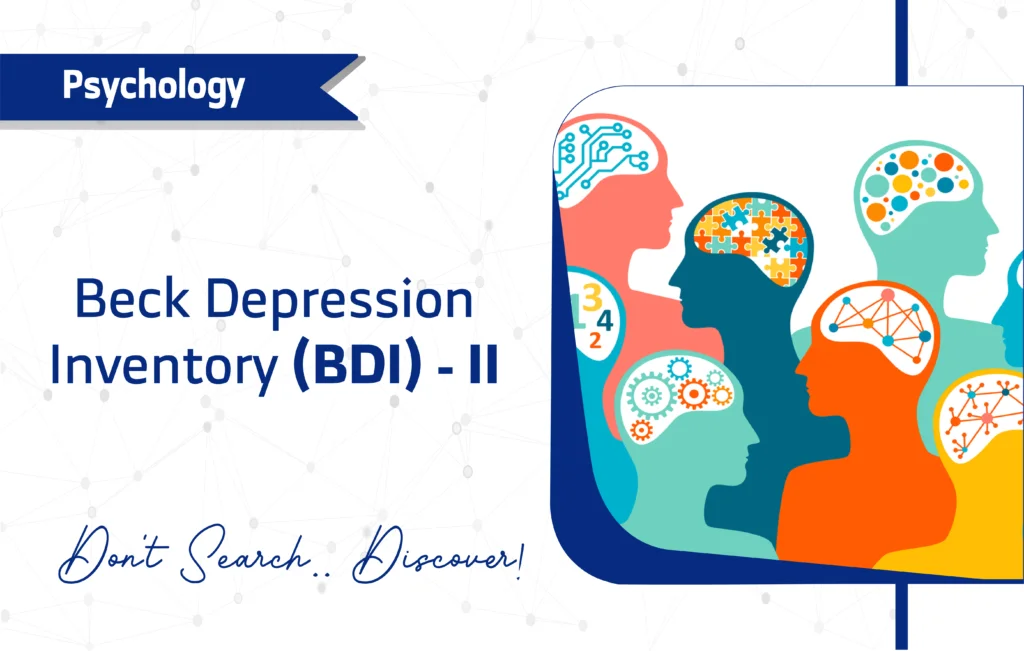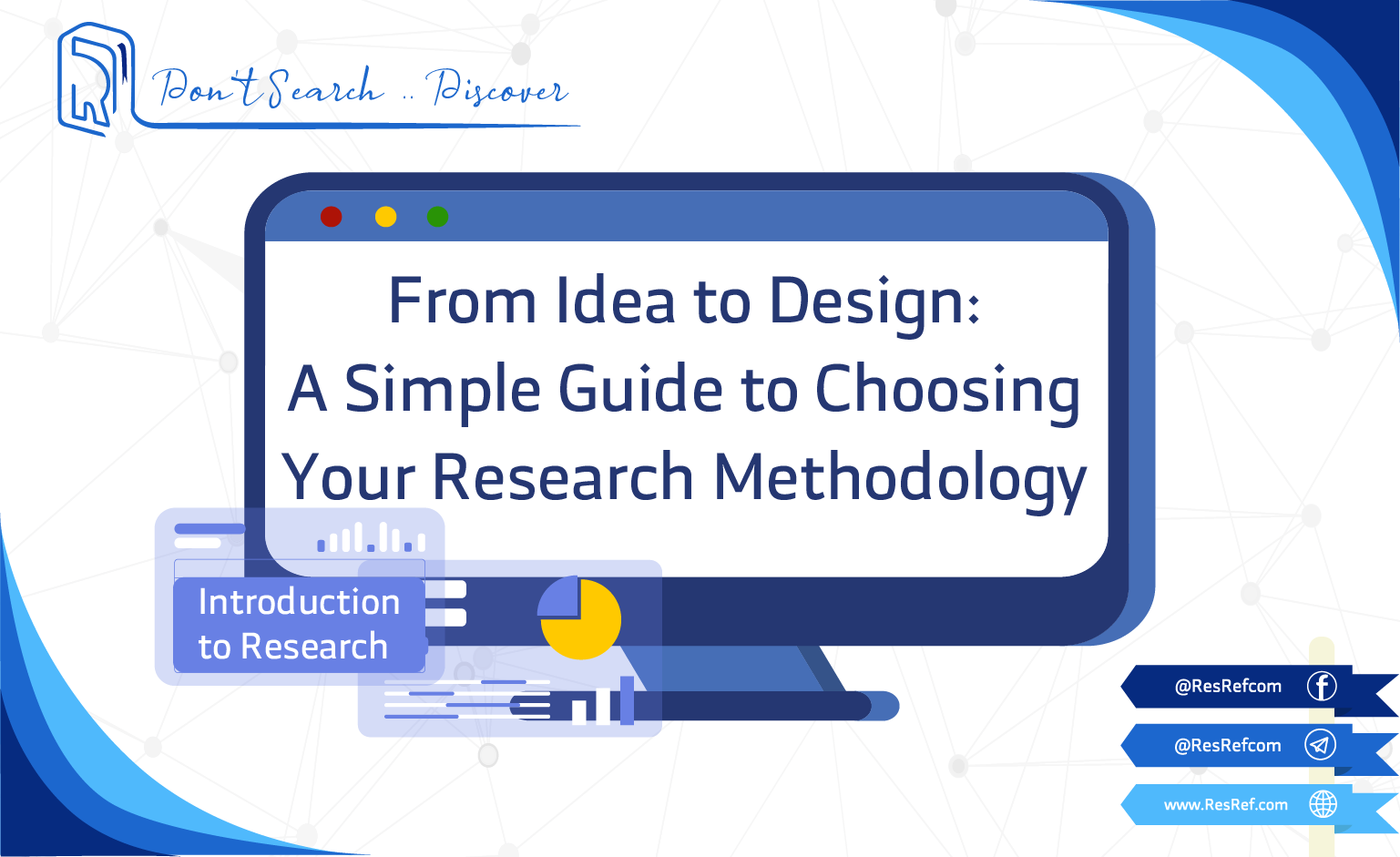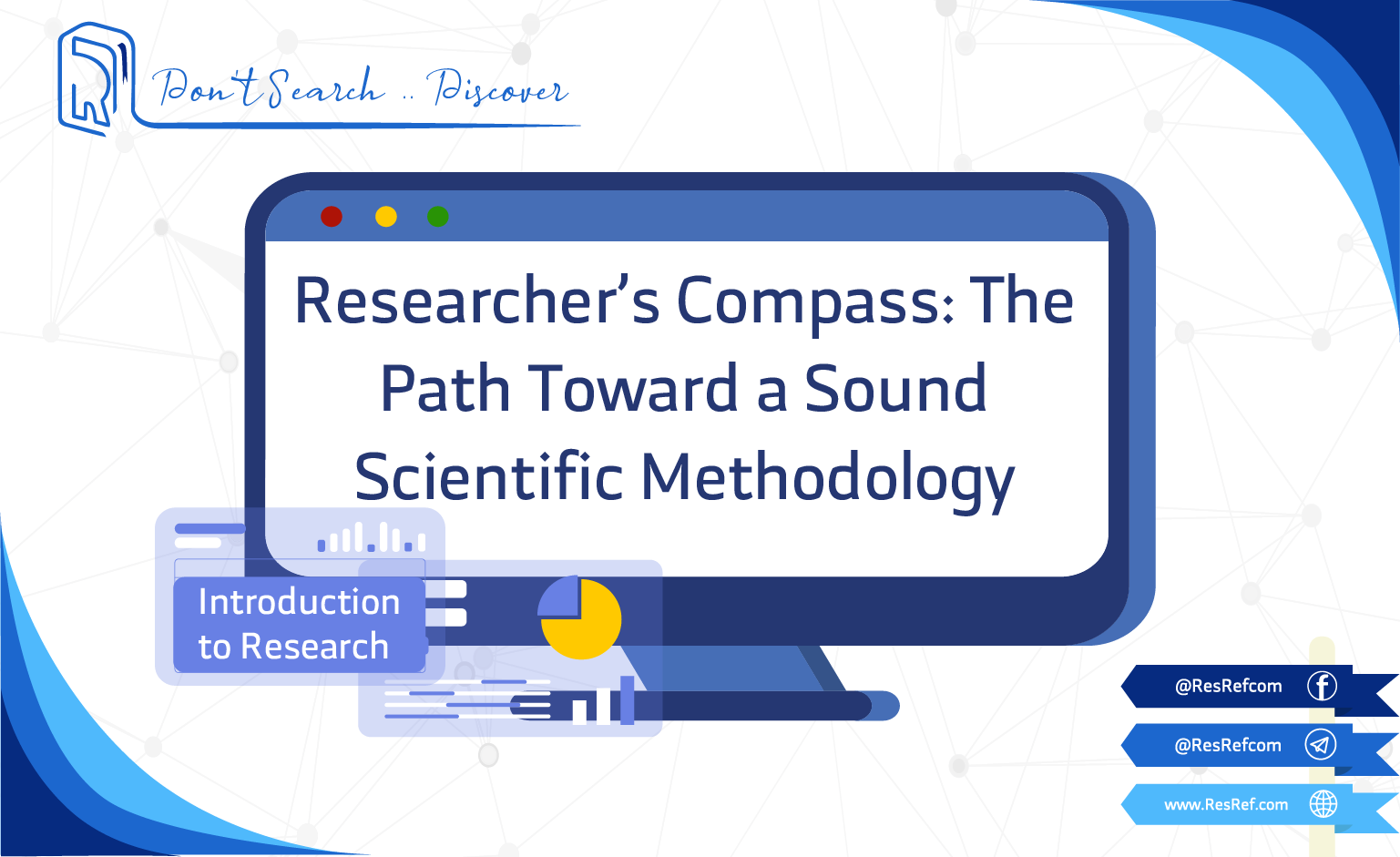Introduction
The Beck Depression Inventory-II (BDI-II), first published in 1996, is one of the most widely used self-report measures for assessing depressive symptoms in both clinical and research settings (Beck et al., 1996; García-Batista et al., 2018). Moreover, it evaluates cognitive, affective, somatic, and vegetative symptoms with robust psychometric properties, including high internal consistency (Cronbach’s α = 0.86–0.93) and test–retest reliability of 0.73–0.96 (Wang & Gorenstein, 2013). Therefore, researchers and clinicians rely on it for screening, monitoring, and treatment-planning applications in diverse populations.
Key Features of Beck Anxiety Inventory
Purpose and Use
- Screen for and assess the severity of depressive symptoms.
Target Population
The BDI-II targets adult patients aged 18 years and older as well as adolescents. It is suitable for various age groups, including:
- Adolescents (13-17 years)
- Young Adults (18–24 years)
- Middle-Aged Adults (25–44 years)
- Older Adults (45–64 years)
- Seniors (65+ years)
Structure
- 21 items rated on a 4-point Likert scale (0–3)
- Total score range: 0–63
- Sleep and appetite items include two sub-items each; only the higher score counts
Scoring Method
BDI-II scores fall into four categories:
- Minimal (0–13)
- Mild (14–19)
- Moderate (20–28)
- Severe (≥29)
Clinicians sum item scores to yield a total between 0 and 63. Specifically, higher scores indicate greater symptom severity. Consequently, this standardized approach supports both screening and monitoring of treatment progress.
Administration Format
The questionnaire can be administered in different formats (digital, paper-based, or in-person interview), ensuring flexibility in different settings. It takes approximately 5-10 minutes to complete, making it efficient for both clinical and research environments.
Applications of Beck Depression Inventory-II
The BDI-II’s versatility makes it suitable for multiple objectives:
- Screening: Quickly identify individuals at risk of depression
- Monitoring: Track symptom changes over time
- Treatment Planning: Inform personalized interventions
- Research: Standardized outcome measure in clinical trials and epidemiological studies
Languages and Other Versions
- Available in over 43 languages, including Arabic, English, Mandarin, and Spanish
- Short forms: BDI-IA Intermediate, BDI-FS FastScreen
Reliability and Validity
Validation studies confirm the BDI-II’s psychometric strength:
- A PLoS ONE study in the Dominican Republic affirmed its bifactor structure (cognitive, affective, somatic) and strong external validity García-Batista et al., 2018.
- A comprehensive review reported high internal consistency (α > 0.89) and test–retest reliability (0.75) across populations (Wang & Gorenstein, 2013) Brazilian Journal of Psychiatry.
Limitations and Considerations
Despite its strengths, users should be aware of certain drawbacks:
- Self-Report Bias: Susceptible to social desirability and response bias.
- Cultural Sensitivity: May require cultural adaptation for non-Western contexts.
- Sensitivity to Change: Less responsive to subtle symptom shifts in some populations.
- Cost Barrier: Proprietary license may limit access in low-resource settings.
Additional Resources
For more information on the BDI-II and to access the full questionnaire, visit the following resources:
- A direct link to the Original Validation Study
- You can access the questionnaire as a PDF through this link
- Proprietary instrument requiring permission from Pearson.
Frequently Asked Questions (FAQ)
Who can administer the BDI-II?
It is self-administered, though clinicians may review results for accurate interpretation.How long does it take to complete?
Typically, 5–10 minutes, making it feasible for busy clinical and research settings.Is specialized training required?
No extensive training is needed; however, clinicians should understand score interpretation.
A word from ResRef
The BDI-II is widely used as an indicator of the severity of depression, but not as a diagnostic tool. The original BDI was based on clinical observations and patient description; the BDI-II contains items that reflect the cognitive, affective, somatic, and vegetative symptoms of depression.
References
- Beck, A. T., Steer, R. A., & Brown, G. K. (1996). Manual for the Beck Depression Inventory-II. San Antonio, TX: Psychological Corporation. Link
- García-Batista, Z. E., Rodríguez-Ferreiro, L., Vásquez-Rodríguez, L., Nieves, I., & Lira, J. A. (2018). Validity and reliability of the Beck Depression Inventory-II in general and hospital population of the Dominican Republic. PLOS ONE, 13(6), e0199750. https://doi.org/10.1371/journal.pone.0199750. Link
- Wang, Y. P., & Gorenstein, C. (2013). Psychometric properties of the Beck Depression Inventory-II: A comprehensive review. Brazilian Journal of Psychiatry, 35(4), 416–431. https://doi.org/10.1590/1516-4446-2012-1048. Link








4 thoughts on “Beck Depression Inventory-II (BDI-II): A Full Guide for Researchers and Clinicians”
Well-written and very informative.
So much of today’s news feels heavy, but writings like this at least help frame the issues in a way people can follow.
I appreciate how professional and well-organized this article is. It’s obvious that you care about making research tools accessible and understandable.
The way you presented this information shows great attention to detail. It’s clear you understand the importance of precision when it comes to writing.